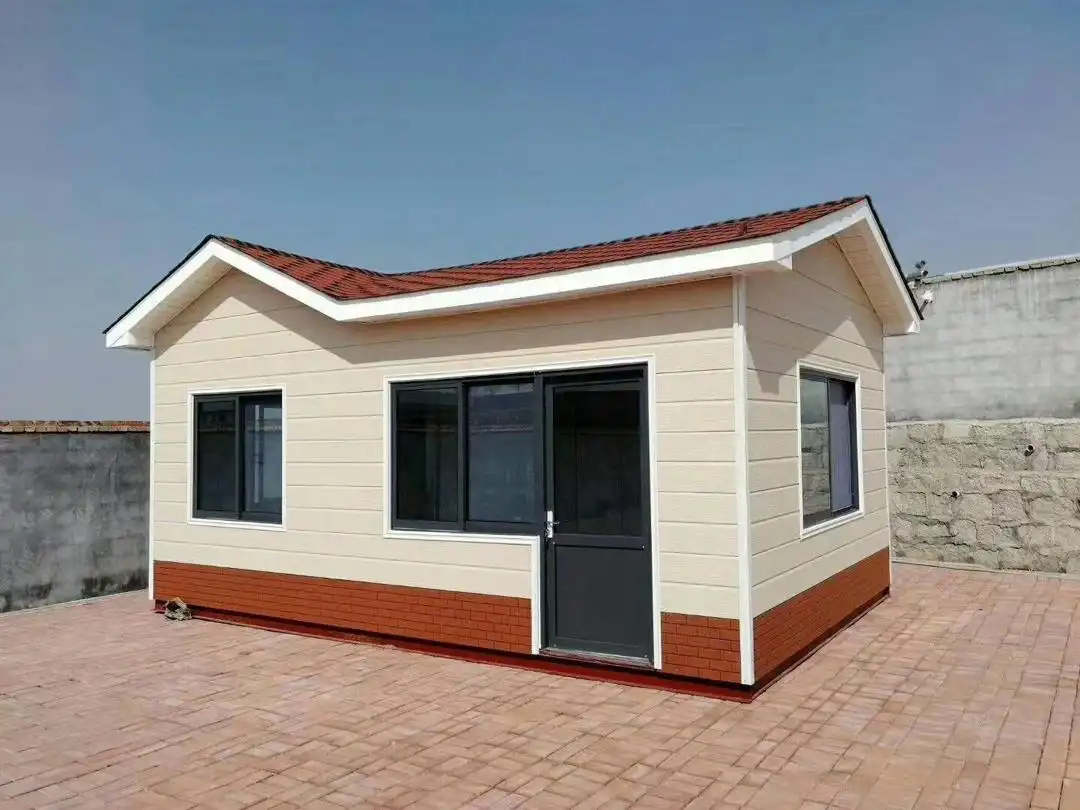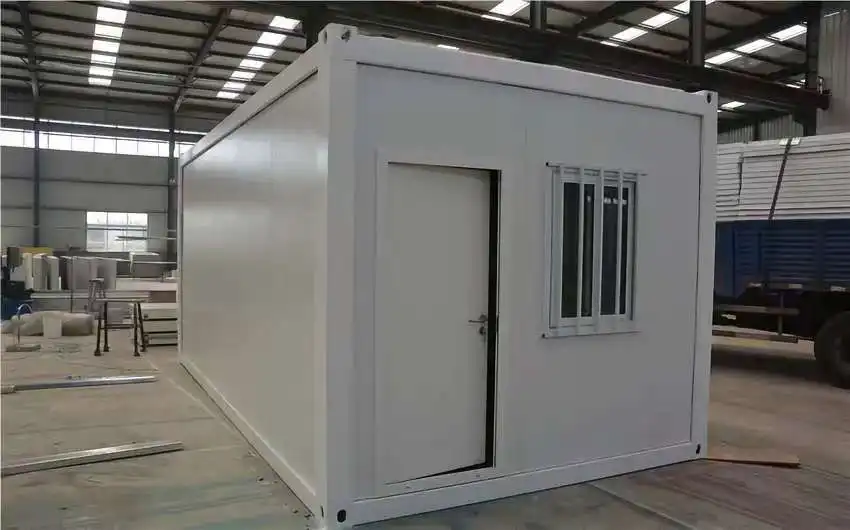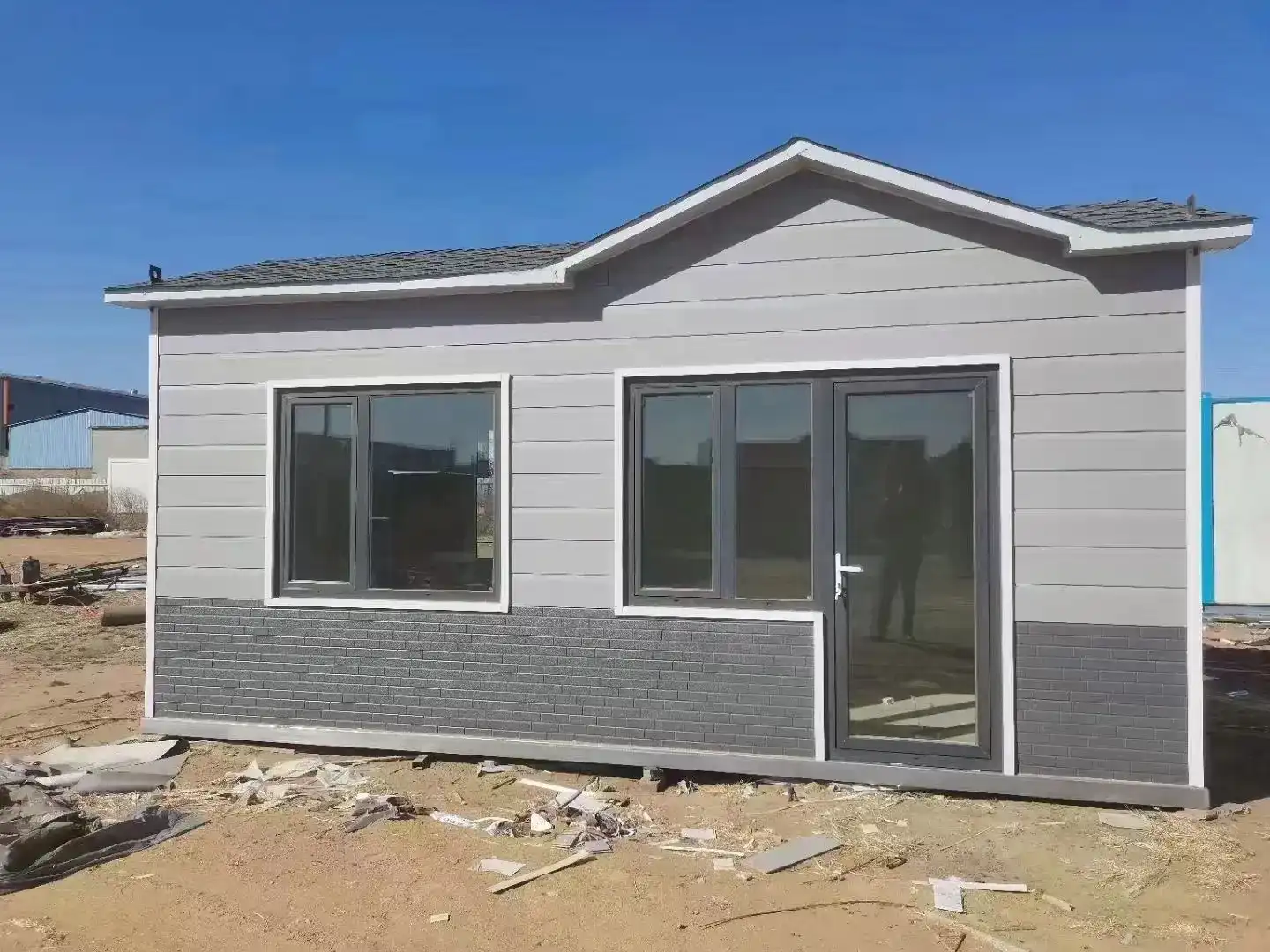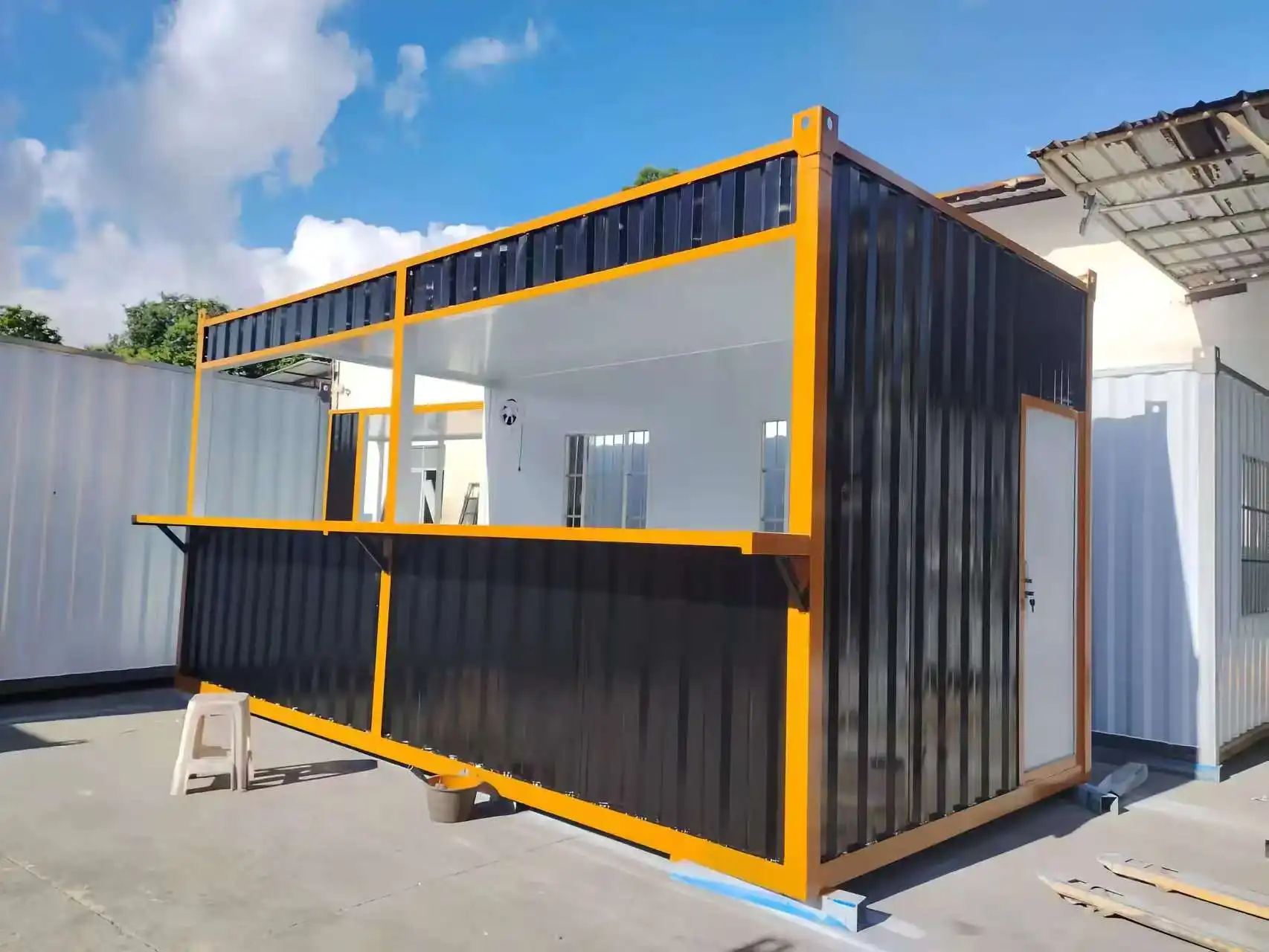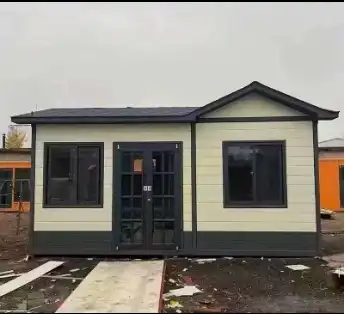In the quest for optimal indoor comfort and energy efficiency, PU insulation panels have emerged as a game-changing solution. These versatile panels offer superior thermal insulation and soundproofing capabilities, transforming living and working spaces into havens of tranquility and temperature control. By effectively minimizing heat transfer and dampening unwanted noise, PU insulation panels create environments that are not only more comfortable but also more energy-efficient. This innovative technology addresses the growing demand for sustainable building materials that enhance both the quality of life and environmental conservation efforts.
Unmatched Thermal Performance: The Science Behind PU Insulation Panels
PU insulation panels stand out in the world of building materials for their exceptional thermal properties. The secret lies in their unique composition and structure, which work together to create a formidable barrier against heat transfer.
Innovative Material Composition
At the core of PU insulation panels is polyurethane foam, a remarkable substance known for its low thermal conductivity. With a thermal conductivity value of just 0.018W/m.k, these panels significantly outperform traditional insulation materials. This low conductivity translates to a high R-value, ensuring that buildings stay warm in winter and cool in summer with minimal energy expenditure.
Structural Design for Maximum Efficiency
The effectiveness of PU insulation panels is further enhanced by their closed-cell structure. This design traps tiny pockets of air within the material, creating additional barriers to heat flow. The result is a thermal resistance of 2.09m2k/w, which means these panels can maintain comfortable indoor temperatures with less reliance on heating and cooling systems.
Adaptability to Various Climates
One of the most compelling perspectives of PU separator boards is their execution over diverse climate zones. Whether in searing summers or cold winters, these boards keep up their insulative properties, making them an perfect choice for worldwide applications. Their capacity to direct indoor temperatures successfully leads to noteworthy vitality investment funds and decreased carbon impressions for buildings of all sorts.
Acoustic Excellence: How PU Insulation Panels Transform Soundscapes?
Beyond thermal insulation, PU panels offer impressive sound dampening capabilities, making them a dual-purpose solution for modern construction needs.
Sound Absorption Mechanisms
The unique cellular structure of PU insulation panels doesn't just trap heat; it also absorbs sound waves. As sound travels through the material, it encounters countless tiny air pockets that dissipate acoustic energy. This process significantly reduces the transmission of both airborne and impact noise, creating quieter, more peaceful indoor environments.
Versatility in Noise Reduction
PU insulation panels are particularly effective at mitigating a wide range of frequencies. From low-frequency rumbles to high-pitched sounds, these panels provide comprehensive noise reduction. This versatility makes them ideal for use in various settings, from residential homes near busy streets to office buildings in bustling city centers.
Enhancing Privacy and Productivity
The soundproofing qualities of PU insulation panels contribute significantly to improved privacy and productivity in both residential and commercial spaces. In homes, they can create tranquil bedrooms and home offices, while in commercial settings, they facilitate better concentration and confidentiality in meeting rooms and workspaces.
Practical Advantages: Installation, Durability, and Customization
The benefits of PU insulation panels extend beyond their thermal and acoustic properties, offering practical advantages that make them a preferred choice for builders and property owners alike.
Effortless Installation Process
One of the standout highlights of PU separator boards is their ease of establishment. Their lightweight plan, with customizable measurements (outside width of 383mm and insides width of 450mm), permits for speedy and effective application. This not as it were decreases labor costs but moreover minimizes disturbance amid redesign ventures. The clear establishment handle includes basic steps: planning of the surface, cutting boards to estimate if vital, settling them with suitable latches, and fixing joints for ideal execution.
Longevity and Durability
PU insulation panels are built to last, boasting impressive durability metrics. With a wind resistance of 8.0 Kpa and a compressive strength of 52.7kpa, these panels can withstand harsh environmental conditions without compromising their performance. Their resistance to weathering, corrosion, and UV damage ensures that they maintain their insulative properties and aesthetic appeal over time, reducing the need for frequent replacements or repairs.
Customization Options for Diverse Applications
Adaptability in plan is another key advantage of PU separator boards. Accessible in different thicknesses (10mm for insides and 16mm/20mm for outside applications) and surface fabric choices (0.23mm, 0.25mm, 0.27mm), these boards can be custom-made to meet particular extend necessities. This customization amplifies to tasteful contemplations as well, with boards accessible in a extend of colors and wraps up to complement any building fashion.
Safety and Sustainability
PU insulation panels don't compromise on safety, achieving fire protection ratings of B1/B2. This fire resistance, combined with a remarkably low waterproof rate of 0.0008, ensures buildings remain safeguarded against multiple hazards such as fire and moisture infiltration. Additionally, the use of eco-friendly and recyclable materials in these panels supports green building initiatives, helping architects and developers meet increasingly stringent global sustainability standards and environmental certifications without sacrificing performance or design flexibility.
Conclusion
PU insulation panels represent a comprehensive solution for modern construction challenges, offering unparalleled thermal insulation, soundproofing, and practical benefits. Their ability to enhance comfort, energy efficiency, and building safety makes them an invaluable asset in creating sustainable, comfortable living and working spaces. For those looking to elevate their building projects with cutting-edge insulation technology, PU insulation panels offer a compelling choice that promises long-term benefits for both occupants and the environment. To explore how these innovative panels can transform your next project, contact us at info@sdqsc.com for expert advice and tailored solutions.
References
1. Building and Environment Journal. "Thermal and acoustic properties of polyurethane foam insulation panels." Vol. 132, 2018, pp. 327-338.
2. Energy and Buildings. "Comparative study on energy performance of buildings with different insulation materials." Vol. 186, 2019, pp. 156-170.
3. Journal of Building Engineering. "Life cycle assessment of polyurethane insulation in low energy buildings." Vol. 31, 2020, 101393.
4. Applied Acoustics. "Sound insulation properties of polyurethane foam panels in building applications." Vol. 151, 2019, pp. 10-18.
5. Construction and Building Materials. "Durability and long-term performance of polyurethane insulation panels in various climatic conditions." Vol. 228, 2019, 116757.

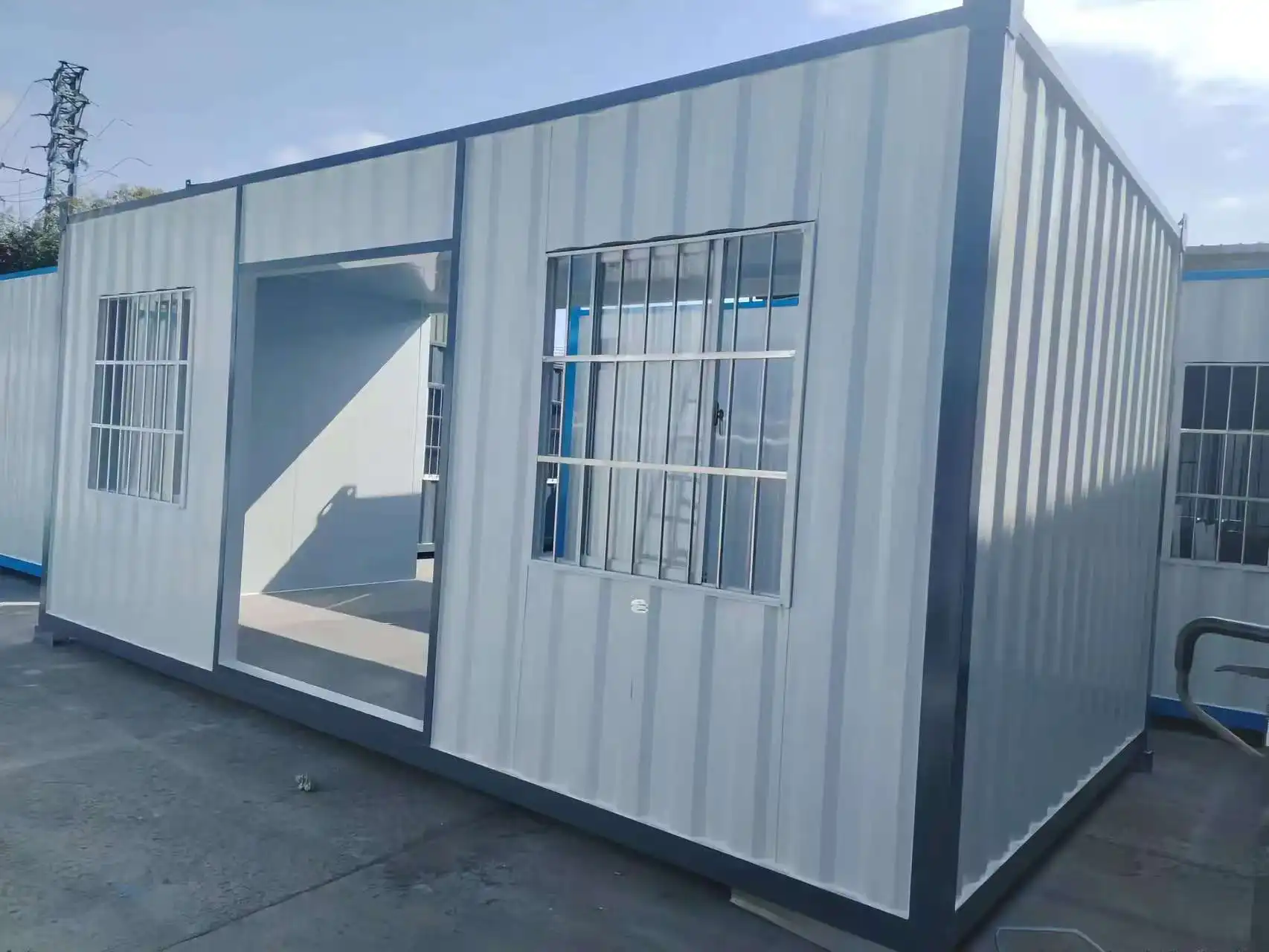
.jpg改.webp)

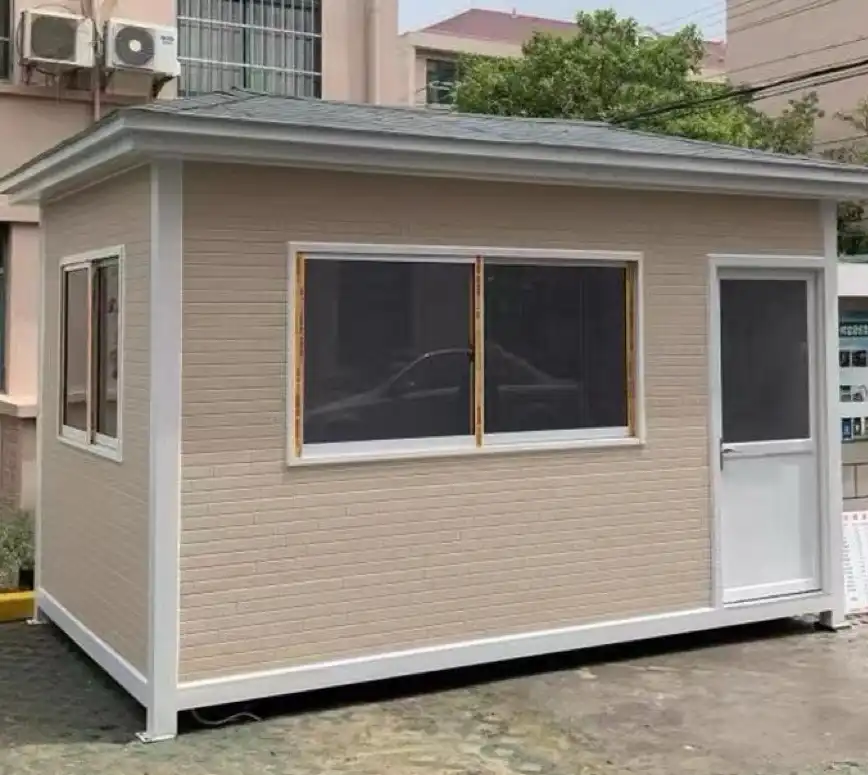

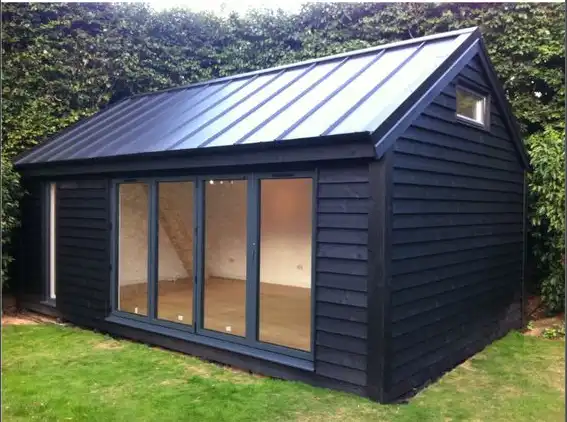

.jpg改.webp)

.webp)

(1).jpg改.webp)

